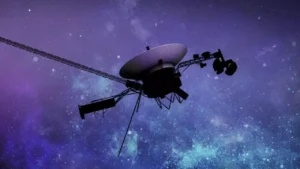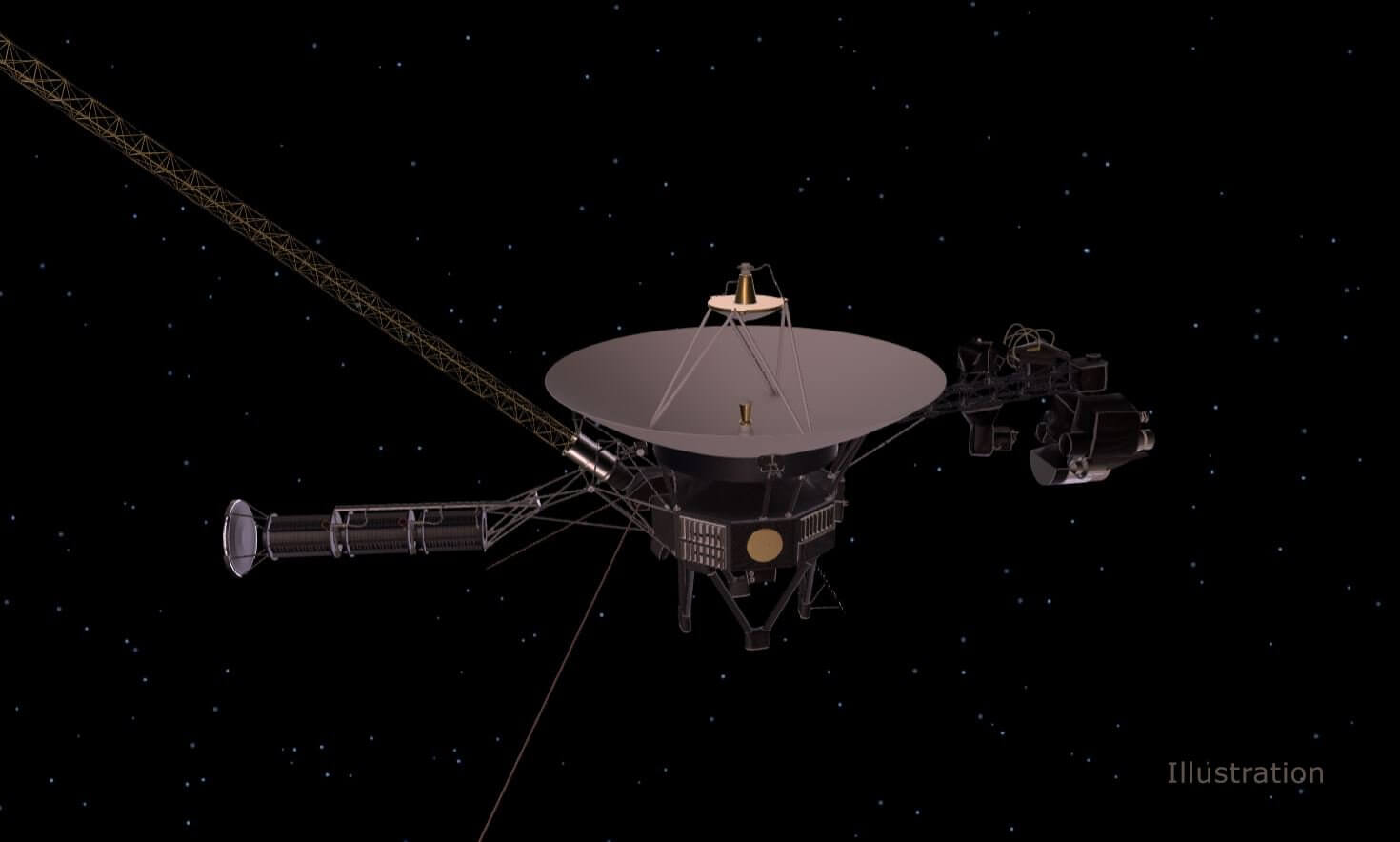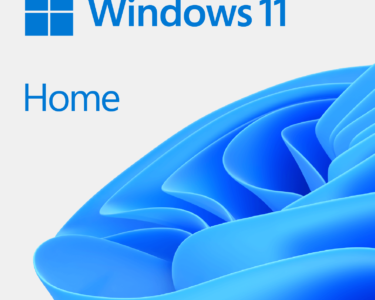In a thrilling development for space exploration, NASA has successfully re-established communication with Voyager 1, the farthest human-made object from Earth. After a five-month silence with engineers scratching their heads, the intrepid spacecraft has begun transmitting data again.

Launched in 1977, Voyager 1 embarked on a groundbreaking mission to explore the outer reaches of our solar system. It has since ventured far beyond Pluto and into the vast interstellar space, currently residing 15 billion miles from Earth.
In November 2023, communication with Voyager 1 sputtered, with the spacecraft sending back nonsensical data. NASA’s Jet Propulsion Laboratory (JPL) engineering team sprang into action, determined to decipher the problem and rekindle the link with humanity’s farthest emissary.
The culprit, it turned out, was a glitch within one of Voyager 1’s onboard computers. While a physical repair was out of the question at such an immense distance, the JPL team devised a clever workaround. They could reroute communication functions to a different part of the spacecraft’s computer system.
On April 18, 2024, the gamble paid off. A new signal arrived from Voyager 1; this time, it was music to engineers’ ears everywhere. The message contained a complete readout of the spacecraft’s Flight Data System (FDS), a vital diagnostic tool.
This reconnection is a testament to the ingenuity of NASA’s engineers and the remarkable resilience of the Voyager 1 spacecraft. The data sent back will provide crucial insights into Voyager 1’s health and allow scientists to resume collecting scientific data from the interstellar frontier.
The story of Voyager 1 is one of exploration, human achievement, and the enduring quest to understand the cosmos.
As it continues its epic journey, Voyager 1 is a powerful symbol of humanity’s reach and our unending desire to push the boundaries of knowledge.





